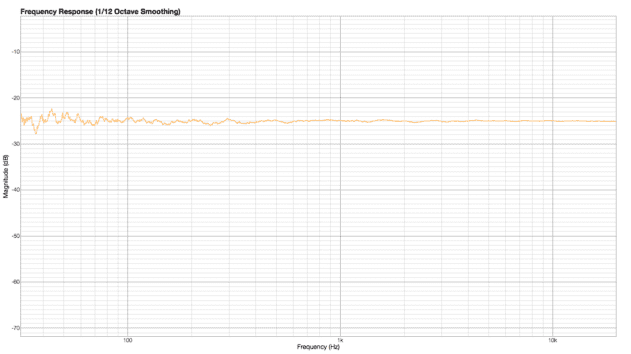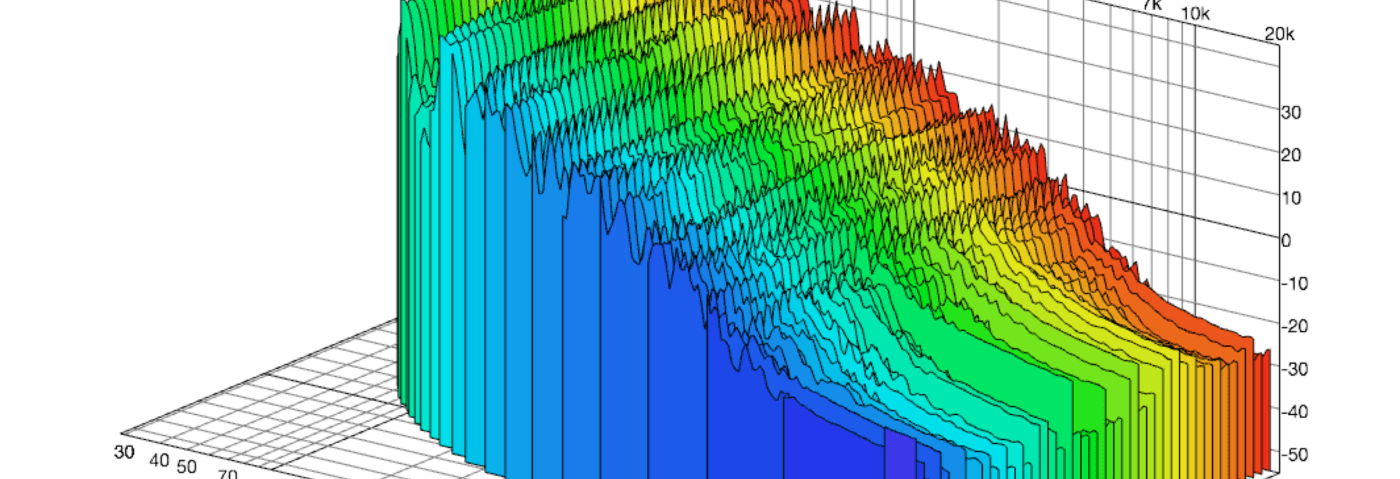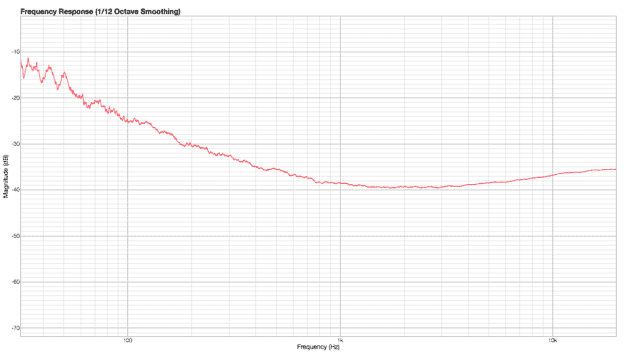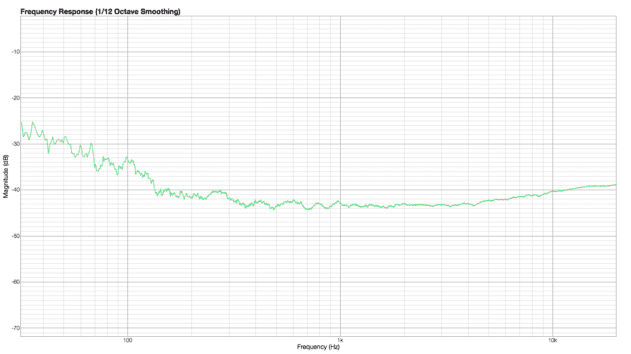Bruce Aisher explores the effects of analogue recording methods, explaining why they might be beneficial to your production process.
On the face of it, there’s an interesting conundrum buried in the suggestion that analogue recording sounds better, most recently debated by Gregory Scott in his Attack column on ‘the love of tape’. All kinds of technical expertise has been utilised to improve the technical performance of audio recording formats over the last half a century or more, but more than any other point in that period we’re now looking back to older hardware to deliver that elusive bit of extra vibe in our music. So what’s really going on? What is it that makes these apparently less accurate recording techniques so appealing?
Noise
Before we dive into specific testing, it’s worth considering one of the most important ways that analogue recording can alter the sound. Tape in particular is associated with noise in the form of hiss. This varies in terms of its frequency content between tape machines, and dependent on the type of tape used. Many people consider hiss to add character, but it’s generally considered a problem, though better machines tend to have increased headroom (see our examination of levels for an explanation), minimising the issue.
Here’s an analysis of the frequency spectrum of white noise:

For comparison, here’s a recording of white noise at 15 ips (inches per second):
Before we even think about hitting the record button, tape guarantees an element of colouration in the form of hiss. But this is just the tip of the iceberg. Let’s take a closer look at additional ways analogue recording might colour our sound.



12.31 PM
Superbe Tipps!
I also Like the Studer A800 Plugin by UAD. I ll try this : Routing all Hi Hats to one Bus and insert the Studer Plugin =)
03.10 PM
Great article- I have been experimenting with Recording tracks to my Old TEAC Reel to Reel 1/2″ Tape . IMHO I’t’s a good halfway point between Cassete and a Pro Tape machine like a Studer. Probably cheaper to get a Plugin but decent old Reel to Reels can be had for little as 300.00 or les if you look hard.
02.27 AM
the bass a80 hot is played one octave below both other examples….
WHY?
10.00 AM
Same samples are also louder than others :/
02.07 PM
With this compendium, a good software developer could easily create the ultimate allround analogue plugin that contains all these characteristics in ONE PLUGIN – rather than having a seperate tape plugin, an analogue compressor plugin, a vintage preamp plugin etcetera
10.38 AM
Great article…
I’m not sure that the A80 Hot is an octave lower Johannes?
Also re: Paschalis comment – loudness will be altered by the saturation (and compression effect) of the processing – tape etc.
09.11 PM
That graph of ‘white noise’ looks more like Pink Noise since it’s a logarithmic scale and seems to show equal energy per octave. On a log scale, White noise will rise by 3dB per octave.
11.40 AM
If my analogue mixer had a response like the one on page 4, I’d throw it in the trash.
01.04 AM
being a virgin to audio on both forms of sound whether it be digital or analogue and on the cusp or transition to digital I’m definitely open to understanding both. I understand that sound is analogue to begin with but then needs to be recorded. Is it to my understanding that vinyl and tape are analogue. or are they turned to another format before made into tape or vinyl first. This is my quandary. if it is surely you’ll loose something from the recording or if this isn’t the case then analogue to analogue to analogue you lose nothing but add something like noise… etc